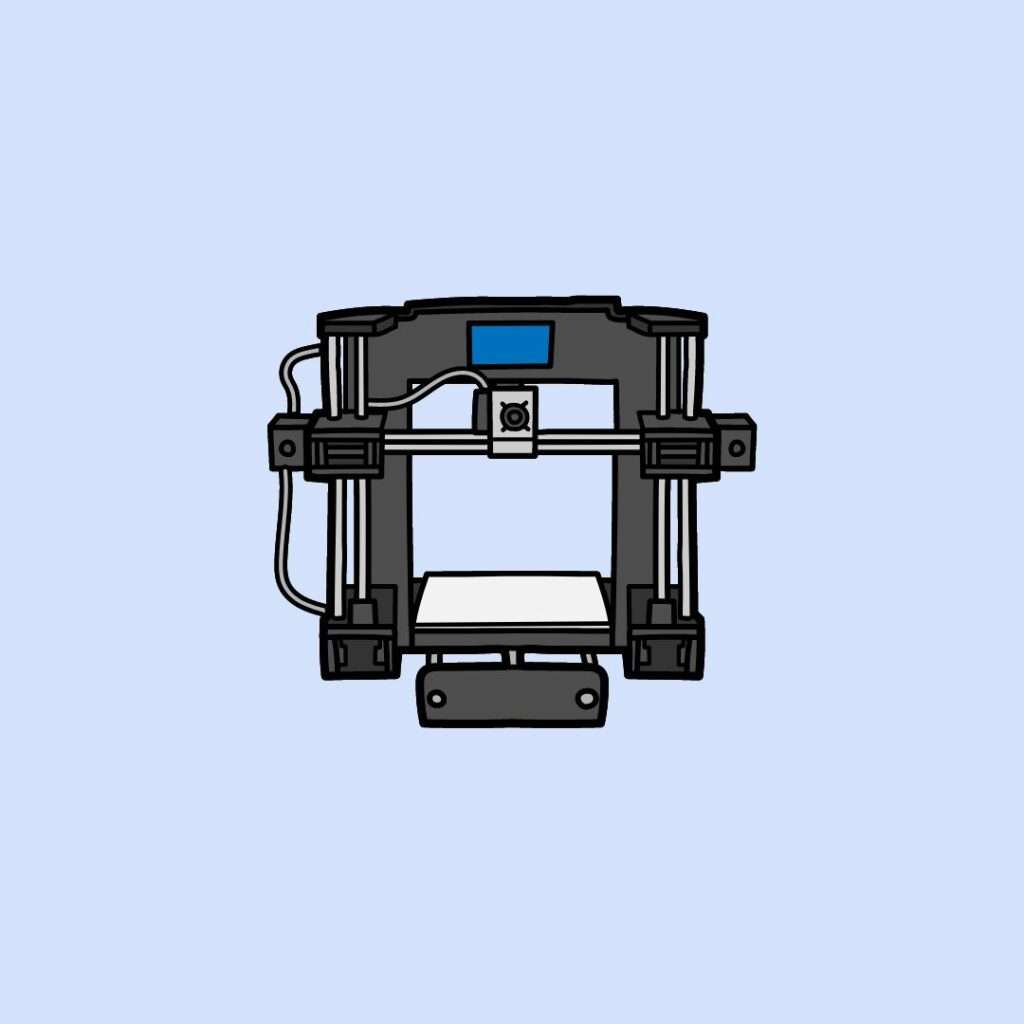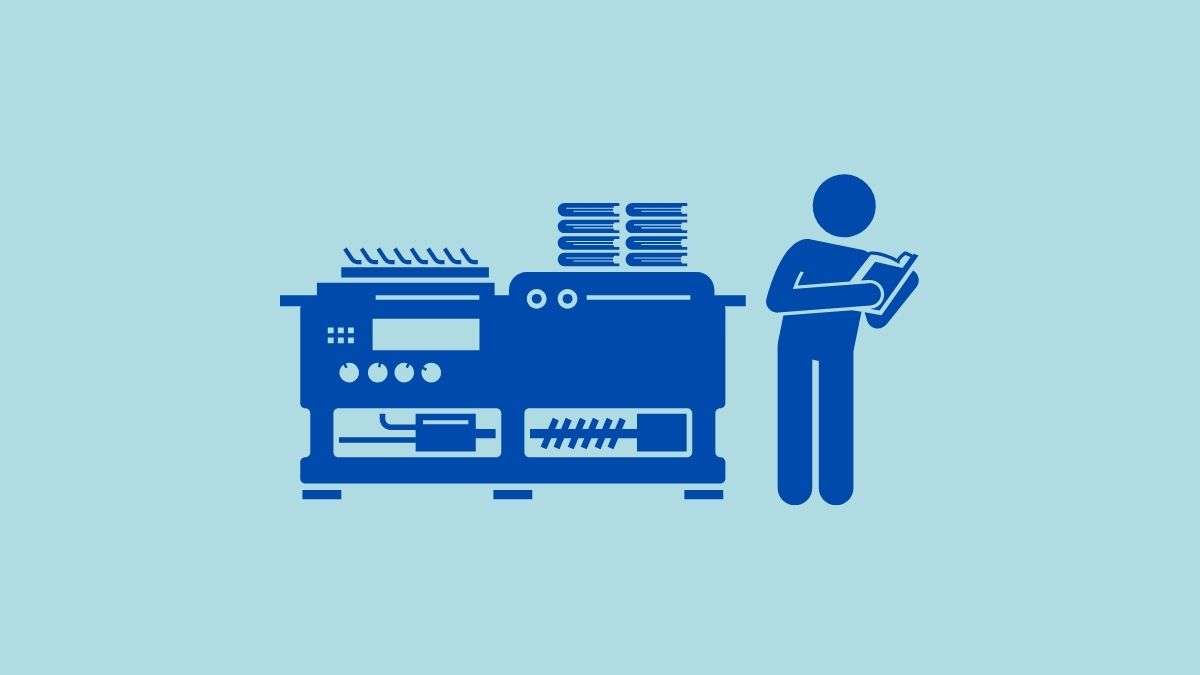Table of Contents
- Introduction
- Understanding Book Printing Processes
- Benefits of Collaborating with Book Printers
- Key Considerations When Working with Book Printers
- Best Practices for Effective Communication with Book Printers
- Conclusion
Introduction
The relationship between authors, publishers, and book printers is crucial in publishing. Mastering the art of working with book printers can make all the difference in creating a successful, high-quality book that captures readers’ attention and stands the test of time.
The history of book printing dates back centuries, with Johannes Gutenberg‘s invention of the printing press in the 15th century revolutionizing how books were produced and disseminated. Over time, technological advancements have transformed the printing industry, from the introduction of offset printing in the late 19th century to the rise of digital printing in recent decades.
In today’s digital age, the role of book printers has evolved, but their importance remains paramount. While authors and publishers now have access to a wide range of tools and platforms for creating and distributing content, the expertise and craftsmanship of professional book printers are still essential for producing visually appealing and durable physical books.
Collaborating effectively with book printers requires a deep understanding of the printing process, clear communication, and a willingness to work together to achieve the best possible outcome. By mastering the art of working with book printers, authors and publishers can ensure that their books not only meet but exceed the expectations of their readers.
In this comprehensive guide, we will explore the various aspects of working with book printers, from understanding the different printing processes and their benefits to choosing the right printer for your project and establishing best practices for effective communication. Whether you’re a seasoned publisher or a first-time author, this guide will provide you with the knowledge and tools to navigate the world of book printing with confidence and success.
So, let’s dive in and discover how mastering the art of working with book printers can help you bring your literary vision to life and create books that leave a lasting impact on your readers.
Understanding Book Printing Processes
Understanding book printers’ various printing methods is essential for mastering the art of working with them. Book printers use offset and digital printing as their primary printing processes.
Offset printing is a traditional method that involves transferring ink from a plate to a rubber blanket onto the paper. This process is ideal for large print runs and delivers high-quality results with consistent color reproduction. On the other hand, digital printing is a more modern approach that uses toner or ink to print directly onto the paper. Digital printing is perfect for smaller print runs, personalized books, or print-on-demand services.
Selecting the right printing process depends on your project’s specific requirements. Factors such as the quantity of books needed, the desired level of customization, and the project timeline should all be considered when making this decision. For example, offset printing would be the most cost-effective option if you need many books with a standard design. However, digital printing would be better if you require a smaller print run or personalized elements.
In addition to the printing process, choosing paper, ink, and binding techniques also plays a significant role in the final product. Book printers offer various paper options, each with unique characteristics. The paper’s weight, texture, and finish can greatly impact the look and feel of your book. Similarly, the type of ink used can affect the vibrancy and durability of the printed pages. Regarding binding, options such as perfect binding, saddle stitching, and case binding are available, each with advantages depending on the book’s intended use and aesthetic appeal.
Understanding these various aspects of book printing processes allows you to make informed decisions and effectively collaborate with your chosen book printer. This knowledge will help you communicate your requirements clearly, ensuring that the final product meets your expectations and delivers the desired impact to your readers.
In the next section, we’ll explore the benefits of collaborating closely with book printers and how it can lead to improved quality control, cost-effectiveness, and opportunities for customization.
Benefits of Collaborating with Book Printers
Collaborating closely with book printers offers numerous advantages that can elevate the quality and success of your publishing projects. By fostering a strong partnership with your chosen printer, you can unlock a world of possibilities and ensure that your books meet the highest standards of craftsmanship.
Quality Control and Attention to Detail
One of the primary benefits of working hand-in-hand with book printers is maintaining strict quality control throughout the production process. When you establish open lines of communication and convey your expectations, printers can pay meticulous attention to every detail of your project. From color accuracy and image resolution to paper stock and binding techniques, collaborating with printers allows you to oversee each step and make necessary adjustments to achieve the desired outcome.
Moreover, experienced book printers possess a wealth of knowledge and expertise that can prove invaluable in refining your vision. They can offer insights on the most suitable materials, suggest innovative printing techniques, and guide optimizing your designs for the best possible results. By leveraging their expertise, you can elevate the overall quality of your books and create products that stand out in the marketplace.
Cost-effectiveness and Efficiency
Collaborating with book printers can also lead to significant cost savings and improved efficiency in your publishing workflow. By establishing a streamlined process and maintaining open communication, you can avoid costly mistakes, minimize waste, and optimize production timelines. Printers can help you identify areas where you can reduce expenses without compromising quality, such as selecting cost-effective paper options or optimizing print runs based on demand forecasts.
Furthermore, by building a long-term partnership with a reliable book printer, you can benefit from economies of scale and negotiate favorable pricing for larger print volumes. This can be particularly advantageous for publishers with ongoing series or multiple titles. By consolidating your printing needs with a trusted partner, you can streamline your operations, reduce administrative overhead, and allocate more resources toward other critical aspects of your business.
Customization and Creative Flexibility
Engaging closely with book printers opens up possibilities for customization and creative expression. While standard printing options may suffice for many projects, collaborating with printers allows you to explore unique finishes, specialty materials, and unconventional binding techniques that can make your books truly stand out.
Whether you envision embossed covers, foil stamping, die-cut designs, or interactive elements, working directly with printers enables you to bring your creative vision to life. They can provide samples, mock-ups, and prototypes to help you visualize the final product and make informed decisions. By directly communicating with your printer, you can iterate on designs, experiment with different options, and push the boundaries of what’s possible in book production.
Moreover, collaborating with well-versed printers in the latest printing technologies and trends can inspire new ideas and spark innovation in your publishing projects. They can introduce you to emerging techniques, such as digital embellishments or sustainable printing practices, that align with your brand values and resonate with your target audience.
Key Considerations When Working with Book Printers
Selecting the right book printer is a critical decision that can significantly impact the success of your publishing project. With numerous options available in the market, it’s essential to consider several key factors before making your choice. In this section, we’ll explore the important considerations when choosing a book printer, the significance of clear communication, and tips for negotiating contracts to ensure a mutually beneficial partnership.
Factors to Consider When Selecting a Book Printer
When evaluating potential book printers, three primary factors are reputation, capabilities, and pricing. First, research the printer’s reputation by reading previous clients’ reviews, testimonials, and case studies. A reputable printer will have a record of delivering high-quality products and exceptional customer service.
Second, assess the printer’s capabilities to ensure they can handle your specific project requirements, such as binding options, color printing, and specialty finishes. Finally, compare pricing quotes from multiple printers to find the best value for your budget, but remember that the lowest price may not always equate to the best overall value.
Importance of Clear Communication and Establishing Expectations
Clear communication is the foundation of a successful partnership with your book printer. From the initial consultation to the final product delivery, it’s crucial to establish open lines of communication and set clear expectations.

Provide your printer with detailed specifications, including trim size, page count, paper stock, and any special features or requirements. Be sure to ask questions and seek clarification if anything is unclear. By establishing a shared understanding of your project’s goals and requirements, you can avoid misunderstandings and ensure that your book meets your expectations.
Tips for Negotiating Contracts and Ensuring a Mutually Beneficial Partnership
Balancing your needs and the printer’s requirements is essential when negotiating contracts with book printers. Consider the following tips:
- Be transparent about your budget and timeline constraints
- Discuss payment terms and any potential additional costs upfront
- Clarify the printer’s policies on proofs, revisions, and reprints
- Negotiate volume discounts or other incentives for larger print runs or repeat business
- Include provisions for quality control and dispute resolution in the contract
Remember, a mutually beneficial partnership is built on trust, respect, and open communication. By approaching contract negotiations with a collaborative mindset and a willingness to find win-win solutions, you can lay the groundwork for a long-lasting and successful relationship with your book printer.
Best Practices for Effective Communication with Book Printers
Effective communication is the cornerstone of a successful collaboration with book printers. By employing clear, concise, and timely communication strategies, you can ensure that your design specifications and project requirements are accurately conveyed, minimizing the risk of misunderstandings and delays.
Conveying Design Specifications and Project Requirements
Providing detailed and well-organized design specifications and project requirements is essential when working with book printers. This includes:
- Creating a comprehensive style guide that outlines typography, color schemes, and layout preferences
- Providing high-resolution images, illustrations, and other visual elements in the appropriate file formats
- Communicating deadlines, budget constraints, and any special requirements or considerations
By presenting this information in a structured and easily digestible format, you can minimize the chances of misinterpretation and ensure that your book printer clearly understands your expectations.
Feedback Loops and Proactive Problem-Solving
Establishing a strong feedback loop with your book printer is crucial for identifying and addressing potential issues before they escalate. Encourage open and honest communication, and be receptive to the printer’s input and suggestions. Regular check-ins and progress updates can help keep the project on track and allow timely adjustments.
Conclusion
Working with book printers hinges on several key practices. One must carefully evaluate a printer’s reputation, capabilities, and pricing to select the right partner for their project. Clear communication of design specifications, project requirements, and expectations minimizes errors and ensures that the final product meets the envisioned standard. Moreover, collaborative problem-solving and regular feedback loops aid in navigating the complex landscape of book printing, delivering quality results that align with the publisher’s goals.
A publisher’s engagement with their book printer should be characterized by mutual respect, open dialogue, and a shared commitment to creating the best possible books. Both parties can pave the way for a productive and harmonious working relationship by maintaining these principles and negotiating fair and transparent contracts.
By applying the best communication and collaboration practices, publishers can achieve a successful print run and forge a partnership that could lead to innovation, enhanced efficiency, and creative book projects that captivate and inspire readers.
